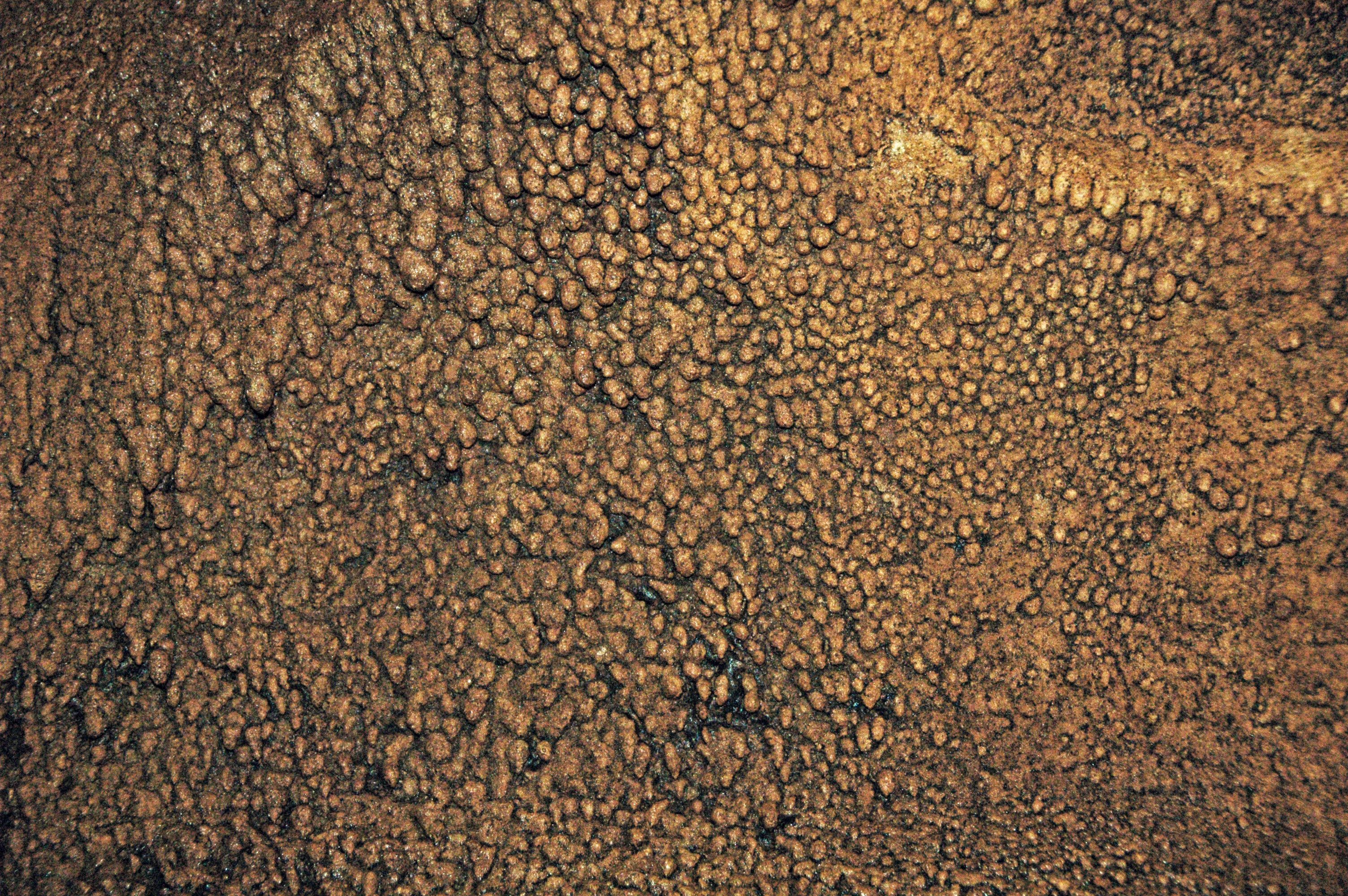
How to Decode a Cave
Below California’s surface lies a series of caves that can teach us a lot about our natural world—and its history.
All caves carry an air of secrecy: they hide beneath the surface of the earth, in quiet possession of natural wonder. That secrecy can be a bit intimidating, particularly for those with speluncaphobia, or a fear of caves and tunnels. But if you take some time to explore a cave and all its quirks, you can learn quite a lot about not just how the cave came to be, but how the world around it came to be, as well.
California has a wide range of caves, from the painted cave beneath Santa Cruz Island to Lake Shasta Caverns, which are 2,000 feet above sea level. While the state is well known for its mountains, seashore, and desert, caves are an often-overlooked way to experience the natural world of California. Many of these are “show caves”, or caves that have been made accessible to visitors and offer guides. These often have staircases, pathways, man-made bridges, and even elevators that let tourists and scientists explore and study a cave’s identity and landscape.

Caves come into being through a number of processes. Some are a result of lava tubes flowing underground; others form thanks to erosion in streams. The most common type of cave is the solutional cave, or karst cave, which forms in water-soluble rock like limestone. Over time, rainwater dissolves this rock, in part through a weak carbonic acid it creates that eats away at the limestone. After a certain point, according to Matthew Doyle, the general manager of Lake Shasta Caverns in Northern California, there comes a “tipping point” where the erosion process stops, and “it starts depositing a calcium bicarbonate solution, sort of like limescale deposits appear in the shower.” This solution is how cave formations like stalagmites and stalactites grow, decorating a cave over millennia.
Every cave is unique, and tells the story of geological time in its area. This is one of the things that makes caves such a fascinating attraction: they’re not just visually striking, they’re also a constantly-evolving record of regional history.
While the best way to learn about a cave is through a guided tour, here are a few ways that you can learn to decode a cave.
Shape
Caves come in all shapes and sizes, from the claustrophobically small to the gigantic. Their shape can often tell us something about how the cave evolved, Doyle says. While caves in the eastern part of the country are often flat—many even have wheelchair access—caves in California are often tall, which speaks to the tectonic activity of the area. “In California, we have very vertical caves, almost as if they had been stretched out,” he says. The upward tectonic activity that created the state’s mountains also shifted the orientation of the water reserves underground that create caves after the water disappears.

Speleothems
When the calcium bicarbonate, or calcite, begins to deposit in the cave, those deposits grow in a variety of different shapes and sizes. These create speleothems, or cave formations, which are one of the most exciting parts of any cave visit. They can look like spires growing from the ground, or coral reefs wrested from the sea.
Two of the most common formations—the ones you might remember from science class—are the icicle-shaped stalactites and stalagmites. Stalactites hang from ceilings, while stalagmites emerge from cave floors; when they meet, they create a column. These two formations are closely related, in that while stalactites grow, they drip water onto the ground, which then creates a stalagmite.
A cousin of stalagmites and stalactites is the “cave curtain”. Curtains grow when water dribbles down cave walls, rather than dripping from their ceilings. This creates ribbons, or curtains, that hang down in beautifully wavy patterns.
Stalagmites, stalactites, and curtains can also serve the same purpose as the rings of a tree: they can begin to tell us how old a cave is. “The general rule of thumb is, it takes a hundred years to grow one cubic inch,” Doyle says. “At Lake Shasta, we have these very long curtains that stretch up to 80 feet long. So, you can start extrapolating how much time it takes to accumulate them, and how long these formations have been growing.” Scientists estimate that the Lake Shasta Caves are over 250 million years old.

Of course, stalagmites and stalactites are just the beginning. The more caves you visit, the larger the diversity of speleothems you’ll see. Soda straws are like super-thin stalactites, which look like a forest of crystal straws hanging from the ceiling. At Mitchell Caverns in Essex, CA, you’ll find rimstone dams, which form at the edge of a pool and often look like stairs leading into the water. Helictites, present at Lake Shasta and other caves across the state, are limestone speleothems that protrude out of walls in such a way that they look like what Doyle calls a “spaghetti patch”, and are caused by water pressure behind a wall, rather than gravity pulling water drops down from a ceiling. One of the smaller but most captivating speleothems is “cave popcorn,” or coralloides, which look like a tiny coral formation on a cave wall. Each cave will have different formations; some are more bare, while some are chock full of stalactites, popcorn, straws, and more.

Rocks and Fossils
One of the most surprising things you can find at Lake Shasta Caverns is a collection of sea fossils—at 2,000 feet above sea level. This shows that the cave floor was once at the bottom of the sea, before being elevated by tectonic activity. “At one point,” Doyle says, “this used to be at the bottom of a Jurassic sea. With the plate tectonics, it’s pushed up into this mountain range.” Fossils and rocks, then, can tell you a lot about a cave’s history. Similarly, a set of boulders on the ground might be the result of a floor collapsing after the water underneath it went away.
Caves are full of historical clues that can tell us fascinating things about the region’s past. Now that you know a bit about how to read them, the next step is to start spelunking.
5 More California Caves to Explore

La Jolla Caves, San Diego, CA
These aren’t limestone caves but instead sea caves, created by seawater hitting up against the Point Loma Formation sandstone. You can visit them by kayak.
Moaning Caverns, Vallecito, CA
This is the largest single cave chamber in California, which you can descend via a 100-foot spiral staircase which gets you up close and personal with the cave’s speleothem-covered walls.
Black Chasm Cavern, Volcano, CA
This cave is nearly covered in helictites, which line its walls like a forest of crystals and makes for a striking experience.
California Cavern, Mountain Ranch, CA
This historic landmark represents California’s longest cave system, full of cave formations like helictites and cave popcorn. The tour often includes a moment of total darkness, where the guide turns all the cave lights off, so that you can experience the cave at its purest.
Lava Beds National Monument, Tulelake, CA
This park contains over 800 caves, 24 of which are accessible to visitors. These are lava tube caves created by lava flows, which means that they don’t have speleothems but instead smoother, often crater-like walls. You’ll need a (free) caving permit before you go spelunking here.
This post was sponsored by Visit California. Learn More.


















Follow us on Twitter to get the latest on the world's hidden wonders.
Like us on Facebook to get the latest on the world's hidden wonders.
Follow us on Twitter Like us on Facebook